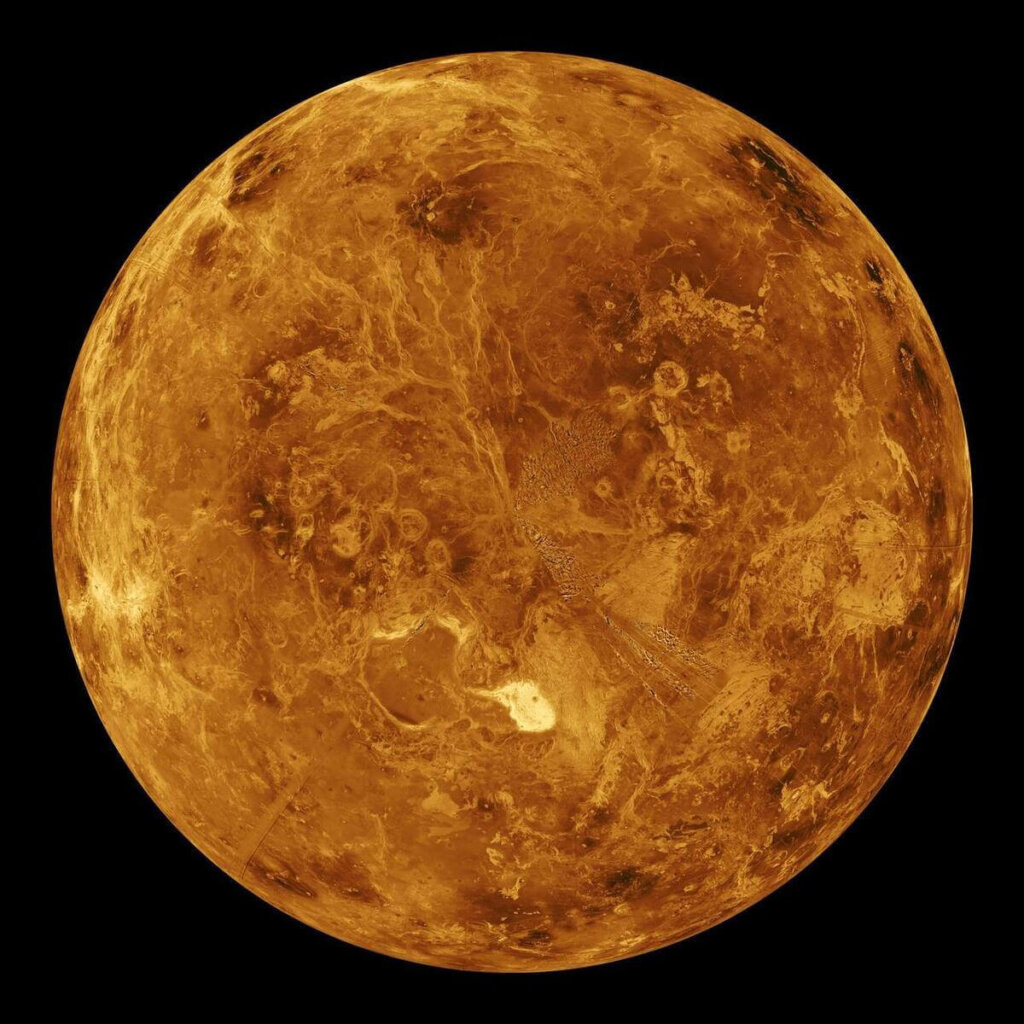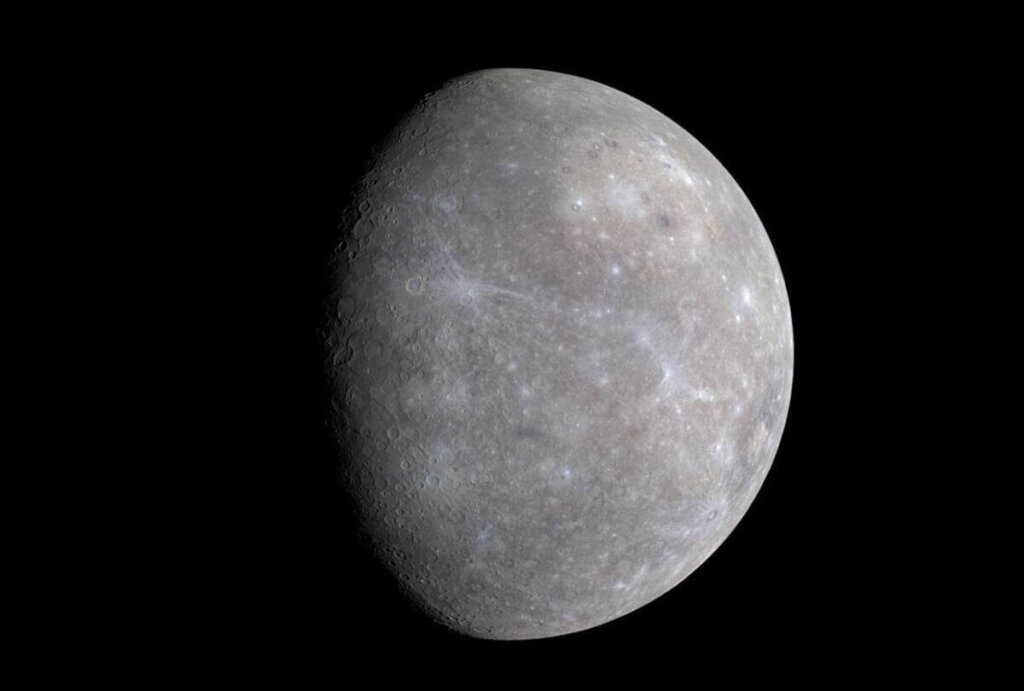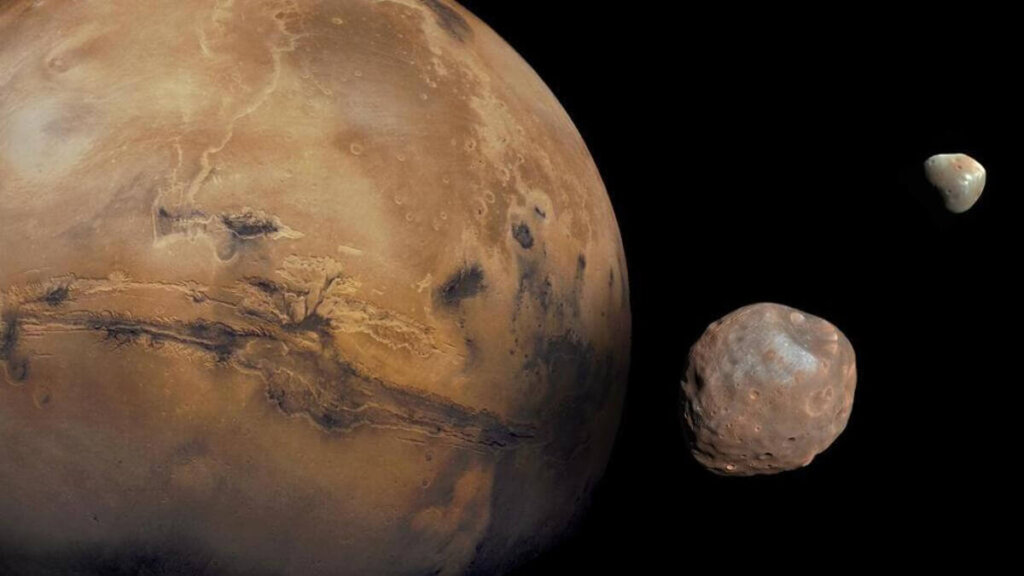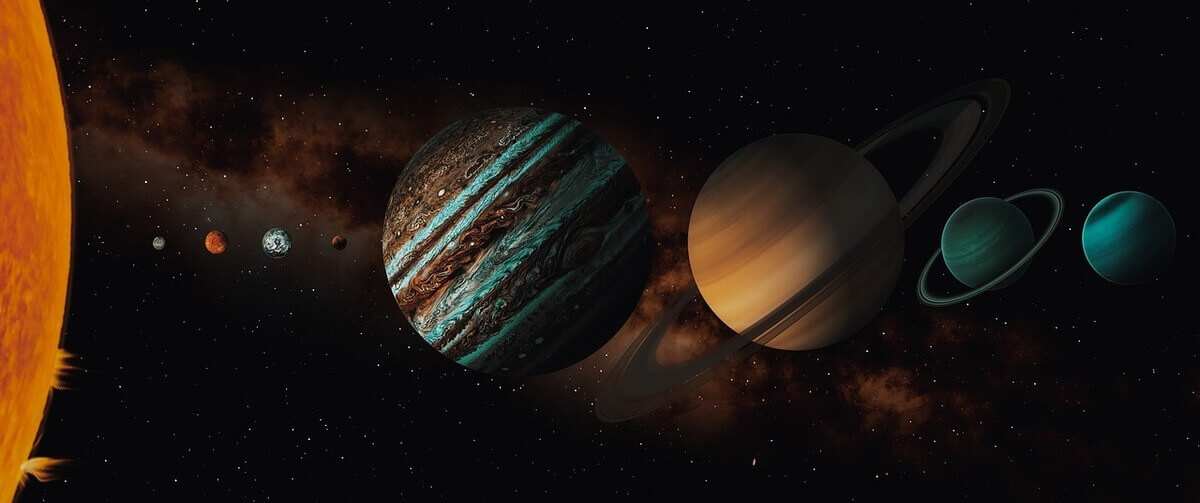Moons are a common attribute of many planets throughout the solar system, especially the larger ones. Saturn and Jupiter have several dozen moons each, and even smaller dwarf planets, like Pluto, feature satellites orbiting them.
How many planets have no moons at all? What cosmological events prevented these planets from developing moons or satellites?
There are three reasons why planets don’t have moons, and it’s rare for them to have no moons at all. This post shows you how many plants have no moons, how moons form, and an example of how plants lose their moons.
Why Are There Planets Without Moons?
There are three reasons why plants don’t develop moons. The planet’s mass and size are two major factors in its ability to form a moon since the gravity exerted limits its ability to capture the matter required to develop them.
Moons also form during collisions, which is how the Earth got its moon, and some co-form with planets as they develop. Moon formation requires the perfect combination of the right size matter, collision, or co-formation requirements.
The planet’s size determines its gravitational pull, which is important for developing a moon. Planets lying closer to an asteroid belt have a better chance of forming a moon since they have more material around them to create collisions.
Plants that are far from asteroid belts have little chance to develop moons since there’s little matter around to account for moon formation. The closer the planet is to the Sun, the less chance it has to produce any moons because the Sun consumes all the available matter with its strong gravitational pull.
This theory makes sense since the two closest planets to the Sun have no moons, while Mars has two and Earth has one. The largest planets, like Jupiter and Saturn, have the most moons in the solar system. These heavenly bodies grab asteroids and comets passing by them, condensing them into moons.
Earth developed its moon due to a collision with a Mars-sized planet eons ago, which verifies the collision theory for moon formation. The co-formation theory of moon development states that the planet develops its moon and its formation as gravity captures it.
How Many Planets Have No Moons? – Venus and Mercury
Venus and Mercury are the only planets in the Solar System that don’t have moons. Why are these planets exceptions from the other six? The answer lies in the size of Mercury and Venus and their distance from the Sun.

The rotation of Venus is also a major contributor to the reason why it doesn’t have a moon. To better understand these factors, we’ll need to journey back through space and time to the creation of the Solar System and its planets.
After the birth of the Sun, it released strong solar winds, sweeping away light matter like ice, methane, and hydrogen, pushing them to the outer regions of the Solar System. Mercury, the closest planet to the Sun, formed from the heavier matter the powerful solar winds left behind.
The probability of Mercury forming a moon was minimal because there was essentially no matter left around it from the effects of the solar winds. Also, Mercury’s smaller size means that its gravitational pull couldn’t compete with the Sun, preventing it from holding onto the materials required to form a moon in its orbit.

Another reason for Mercury’s failure to form a moon comes from its hill sphere, which is smaller than other planets in the Solar System. The lower hill sphere means that the Sun would grab any moon Mercury managed to form around it.
In terms of its size and mass, Venus has the closest resemblance to the Earth. Unlike Mercury, it’s further away from the Sun, meaning it should have a better chance of forming a moon in its orbit, but that’s not the case.
Venus can’t form a moon because of its rotational dynamics. Venus moves around the Sun using a retrograde motion. The planet rotates in the opposite direction of most of the other planets in the Solar System and turns much slower than the others.
It takes Venus less time to make one full orbit around the Sun than it does to make a single revolution on its axis. So, a day is longer than a year on Venus. The planet’s retrograde motion and extended rotation make it next to impossible for a moon to retain a stable orbit around Venus.
Some experts believe Venus may have had moons at the beginning of the Solar System, but the Sun slowly pulled them away and absorbed them. Other cosmologists believe Mercury was Venus’s moon, but no evidence supports this theory, and it remains a hot topic of debate between astronomers.
We can assume that Venus and Mercury are moonless primarily because of their closer proximity to the Sun. The hostile solar radiation pouring from the Sun and its massive gravitational pull either blew off the planet’s moons or pulled them away from the two planets.
How Do Moons Form Around Planets In The Solar System?
As mentioned, science provides three explanations for why moons form around planets in the Solar System. Examples of how moons form due to co-formation and capture occur in the gas giants Jupiter and Saturn.
Tens of billions of years ago, during the Solar Systems formation, clouds of debris and gas formed the rings around Saturn. Over several million years, the gas and debris underwent an accretion process where the particle matter collides with itself, sticking and merging into a moon.
Jupiter is the largest planet in the solar system, with a huge gravitational pull. Every planet in the solar system has a hill sphere, offering it a region where it can hold a moon and keep it in a stable orbit. Along with Jupiter, astronomers believe Mars used its hill sphere to capture its two moons, Deimos and Phobos. The Red Planet pulled its moons into its hill sphere after passing through an asteroid belt.

We only have to look to our planet for an example of the collision theory in moon formation. As mentioned, astronomers believe a Mars-sized world collided with Earth billions of years ago, with the matter thrown into Earth’s orbit forming our moon.
In Conclusion – Mars Is The Next Planet In The Solar System To Lose a Moon
While Venus and Mercury provide examples of how planets can lose moons or fail to form them, we can look to Mars as an ongoing example of these processes. The Red Planet is the fourth from the Sun and the second-smallest in the Solar System.
Astronomers named the planet’s moons after the mythological sons of Ares, Deimos meaning panic, and Phobos meaning fear. However, scientists believe Mars will lose Phobos in a few million years. The moon is slowly moving inward toward the planet, eventually shattering into a rubble ring or colliding with the Red Planet.
Astronomers assume the impact of Phobos into Mars will form a rubble ring, similar to Saturn’s, because of its weak gravitational pull. However, its gravity will be just strong enough for the dust and debris to leave the surface and form the ring in the same orbit Phobos is in now.

